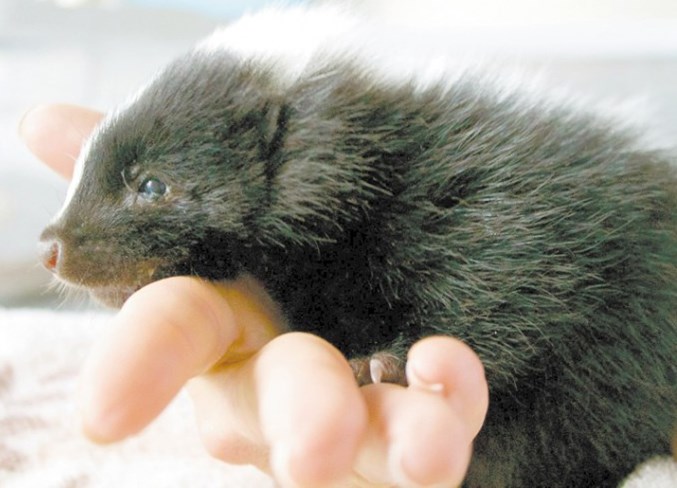There’s been a drop in the number of animals admitted to the Alberta Institute for Wildlife Conservation (AIWC) compared to this time last year, according to the organization’s Executive Director, Holly Duvall. But that doesn’t mean 2018 has been a quiet year for the non-profit society. Duvall said AIWC’s wildlife hospital has admitted more than 900 injured or orphaned animals so far this year, including 189 in August alone. Last year, the charity accepted more than 1,400 mammals and birds, and by the end of this year, Duvall said, she hopes the centre has welcomed fewer animals through its doors than it did in 2018. “If animals don’t need to come into our care, we want to prevent that, so when animals do need to come in, we’re putting all our resources into those animals that need care,” she said. “It’s always been our goal to help prevent wildlife from coming into our care, but this year, we actually put more funding into prevention.” According to Duvall, AIWC hired an office administrator this year to handle the society’s wildlife hotline, which has helped decrease the number of patients admitted to the facility. She said the hotline averages more than 5,000 phone calls a year, and received 693 calls throughout the month of July. AIWC accepts about 130 different species per year, Duvall said, with the most frequently-admitted species in 2018 being whitetail jackrabbits, prairie hares, black-billed magpies, mallards, robins and striped skunks. The most common species brought to AIWC in August was the Swainson’s hawk, she added. However, as the temperature drops and birds start to migrate south, Duvall said there will likely be a shift in the type of animals frequently requiring AIWC’s care. “Once the animals start to leave the province, we’ll start seeing more of the animals that stay here year-round,” she said. “A lot of our owl species stay here year-round, such as the great horned owl – we do admit quite a few of those in the winter.” Though AIWC looks after fewer animals in the winter months, Duvall said the charity is still kept busy. “We don’t see the baby wildlife in the winter, as they’re typically not born at that time of the year,” she said. “What we see in the winter are more critical cases coming in – animals that are severely emaciated and have severe fractures.” Because AIWC does not receive government funding, the society is reliant on donations and fundraisers to maintain a steady income. The non-profit’s next fundraiser takes place Sept. 16 with an event called Highway Hawks – an hour-long presentation on Alberta’s hawks (see our story here). That will be followed by a tour of the charity’s facility, which Duvall said is usually closed to the public. AIWC is also planning its second annual Flights of Fancy event, Sept. 27 from 6:30 to 8:30 p.m. The fundraiser will be held at the Alberta Wilderness Association’s building in Calgary, Duvall said, and will feature a lecture by guest speaker Peter Sherrington – an expert on eagle migration. “Alberta is a major migratory pathway for numerous wildlife species, including the bald and golden eagles,” Duval said. “[Sherrington] is going to be speaking on the topic of eagle migration corridors.” For more information and registration details for the two fundraisers, visit aiwc.com If you have found an injured or orphaned wildlife, AIWC’s wildlife hotline can be reached at 403-946-2361.



